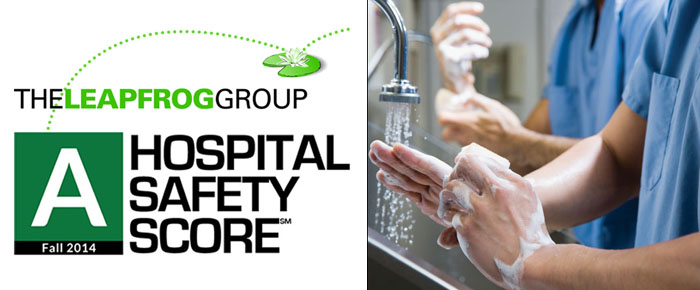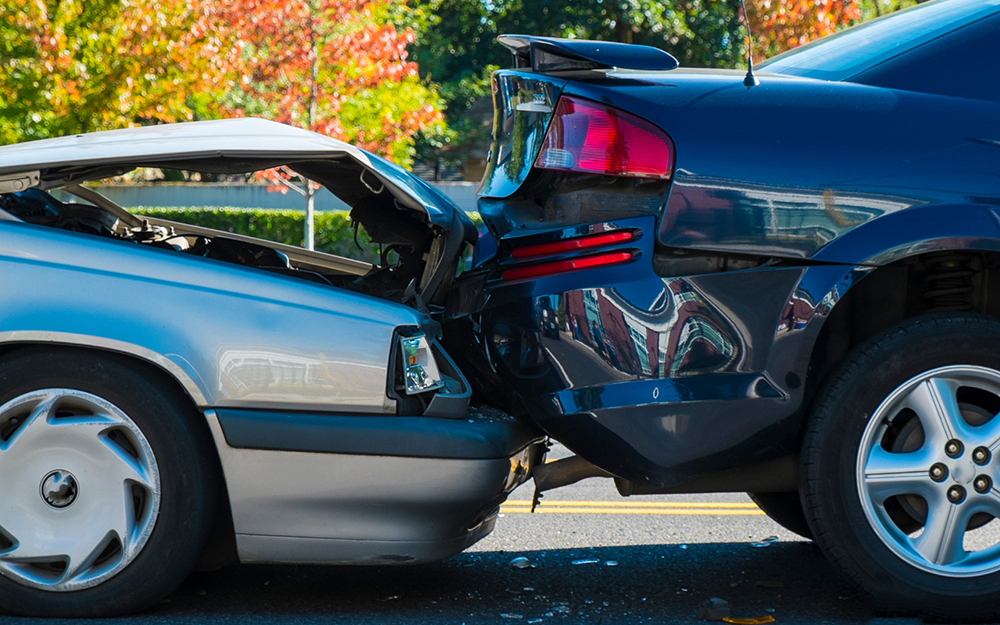
By Haddon Libby
One out of 25 people who go to the hospital will contract a new infection during their stay. Even worse, 440,000 people will die in the United States this year because of hospital errors.
Nonprofit The Leapfrog Group, grades 2,500 hospitals based on 28 performance measurements complied from data with the Centers for Disease Control and Prevention (CDC), the Centers for Medicare and Medicaid Services (CMS), American Hospital Association and other respected sources. The hospital grading is overseen by a blue ribbon group of medical safety experts from Stanford, John Hopkins, Harvard, UC-Davis, UC-SF and Vanderbilt.
This letter grade is given twice a year to determine each hospitals safety record. An ‘A’ score means that the hospital complies with best practices for medical care while ‘F’ means that the hospital is failing. Of all hospitals, 31% received As, 27% Bs, 35% Cs, 6% Ds and 1% F’s.
The Coachella Valley is very fortunate in that all three Coachella Valley hospitals posted some of the top scores in the state. For comparison, some of the most respected hospitals in Southern California had the following scores: the UCLA Medical Center in Westwood received a ‘C’, Scripps Hospitals in Chula Vista and San Diego received ‘B’ scores while the Hoag Hospital, Cedar-Sinai, UCLA-Santa Monica and Riverside Community Hospitals received ‘A’ scores.
Eisenhower Hospital had an ‘A’ rating due to proper staffing to prevent safety problems, staff follow-ups intended to make surgery safer, and proper nurse staffing levels. Problems at Eisenhower were negligible. Deaths from treatable serious infections were better than most hospitals nationally at 86 incidents per 1,000 cases. For comparison, the best hospital in the country has 53 occurrences for every 1,000 cases while the worst was 156 per 1,000.
Desert Regional Medical Center also had an ‘A’ rating due to proper staffing to prevent safety problems, staff follow-ups to make surgery safer, and proper nurse staffing levels. Desert Regional’s worst score related to deaths from treatable serious complications which occurred at a rate of 141 for every 1,000 cases – the highest level in the Coachella Valley. Some of this poor score is most likely attributable to the very difficult cases brought to their Critical Care Unit.
JFK Memorial had the lowest rating in the Coachella Valley with a still respectable ‘B’ score. JFK struggled when it came to having specially trained doctors available for the Intensive Care Unit as shown by a score of 5 out of 100 – a score that equals the lowest score in the nation. JFK also struggles to find enough qualified nurses. While this hospital was very effective at preventing infections, death from treatable serious complications occurred at a rate of 112 for every 1,000 cases, a level that is average but unacceptable according to Leapfrog.
In the pass, Banning’s San Gorgonio Hospital received a ‘B’ score with its biggest problem mimicking JFK and related to insufficient specially trained doctors for the Intensive Care Unit.
Receiving a surprisingly low, ‘D’ score was Loma Linda University Medical Center due to problems related to medication errors, poor ventilator administration, poor hand washing practices and failing marks when it came to surgery safety.
Hi-Desert Regional in Joshua Tree has received a ‘D’ score since 2012 due to generally poor usage of antibiotics at all stages of surgery and patient ventilation problems.
El Centro Regional has received ‘F’ scores for the last 18 months due to medication errors, poor ventilator administration, poor hand washing practices and failing marks related to specially trained doctors for ICU, staff not working together, insufficient nurses and inadequate training.
Other failing hospitals in Southern California include Loma Linda-Murrieta, Western Medical-Santa Ana and Antelope Valley Hospital of Lancaster.
A full list of hospital scores nationally can be found at www.hospitalsafetyscore.org.









































